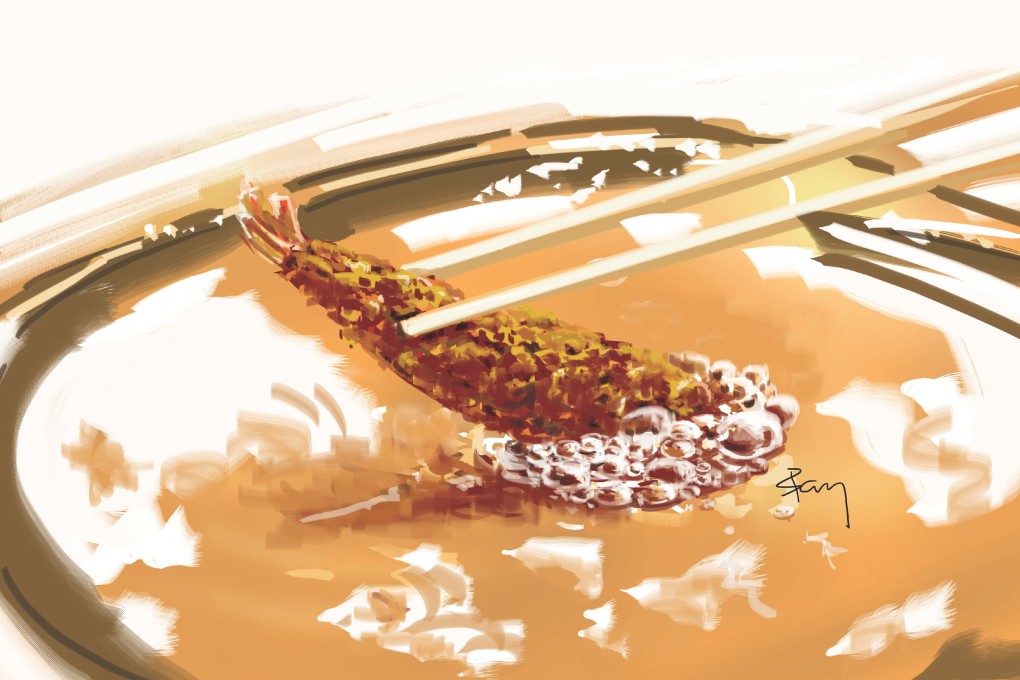
Who doesn’t love fried food? When done properly, frying gives just about any ingredient an enticing golden crust. And although a large amount of oil is used, the food itself shouldn’t be oily.
But finessing frying isn’t as simple as chopping ingredients and throwing them into a hissing pan.
First, there’s the fat to consider. Just about any kind of fat works, as long as it has a high enough smoke point, which is where – when heated – it gives off wisps of smoke and starts to decompose. Most refined oils – whether they’re made from corn, canola, peanuts, safflower or soya beans – are fine for all types of cooking, including frying (which, most of the time, should be done at a temperature of about 180 degrees Celsius).
A general clue is the size of the container the oil comes in – if it’s tiny and super-expensive, it’s probably better used as a seasoning, to be drizzled over food just before it’s served; if it comes in a large plastic bottle, it’s cooking oil.
There are other types of oil (such as olive and sesame) that can be heated to 180 degrees or higher but because they’re expensive, they’re usually not used for frying. Clarified butter – which is regular butter that’s been melted and had the milk solids and moisture removed, leaving just pure fat – is a delicious frying medium that browns food beautifully, but it’s very expensive.
Rendered animal fats, whether from pig, goose, duck, cow or horse (the latter’s fat, supposedly, makes the best French fries), are fine for frying but, again, some of them are expensive.
Next, the ingredients. Whatever food you use, its surface should be quite dry – because liquid and hot oil don’t mix and combining them means there will be splattering and steam. You can lessen this by letting the food air dry, by patting it dry with paper towels, or by creating a barrier between the food and the oil, either by coating it in starch (such as flour or cornstarch); dipping it in starch, beaten egg and then more starch (or bread or cracker crumbs); or dredging the food in starch and then dipping it in a batter. Sometimes I fry food by taking it straight from the marinade, shaking off most of the liquid and then putting it in the hot oil. As I said, this will create a lot of splattering, but it also browns the food beautifully.
